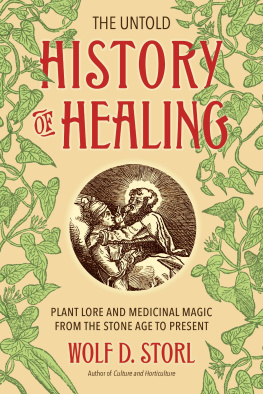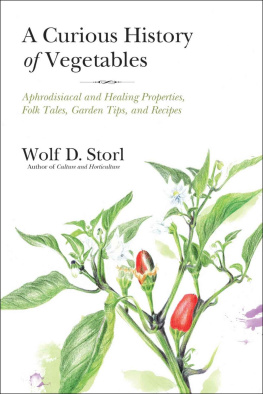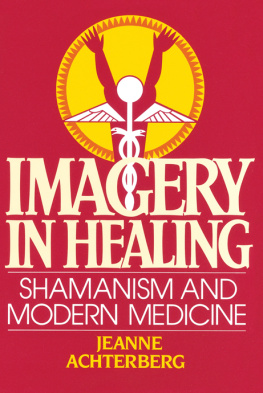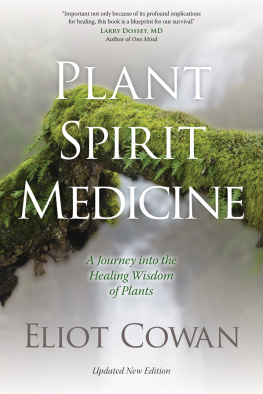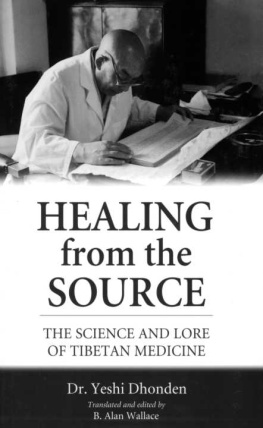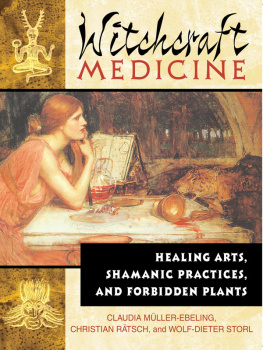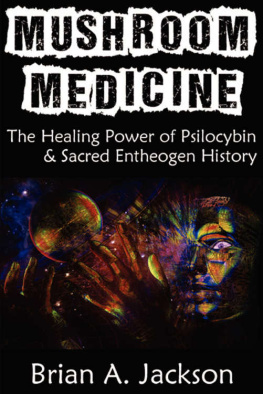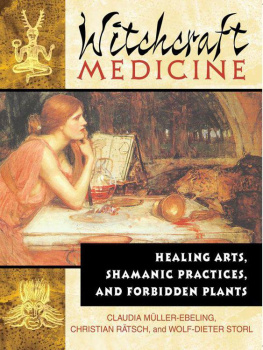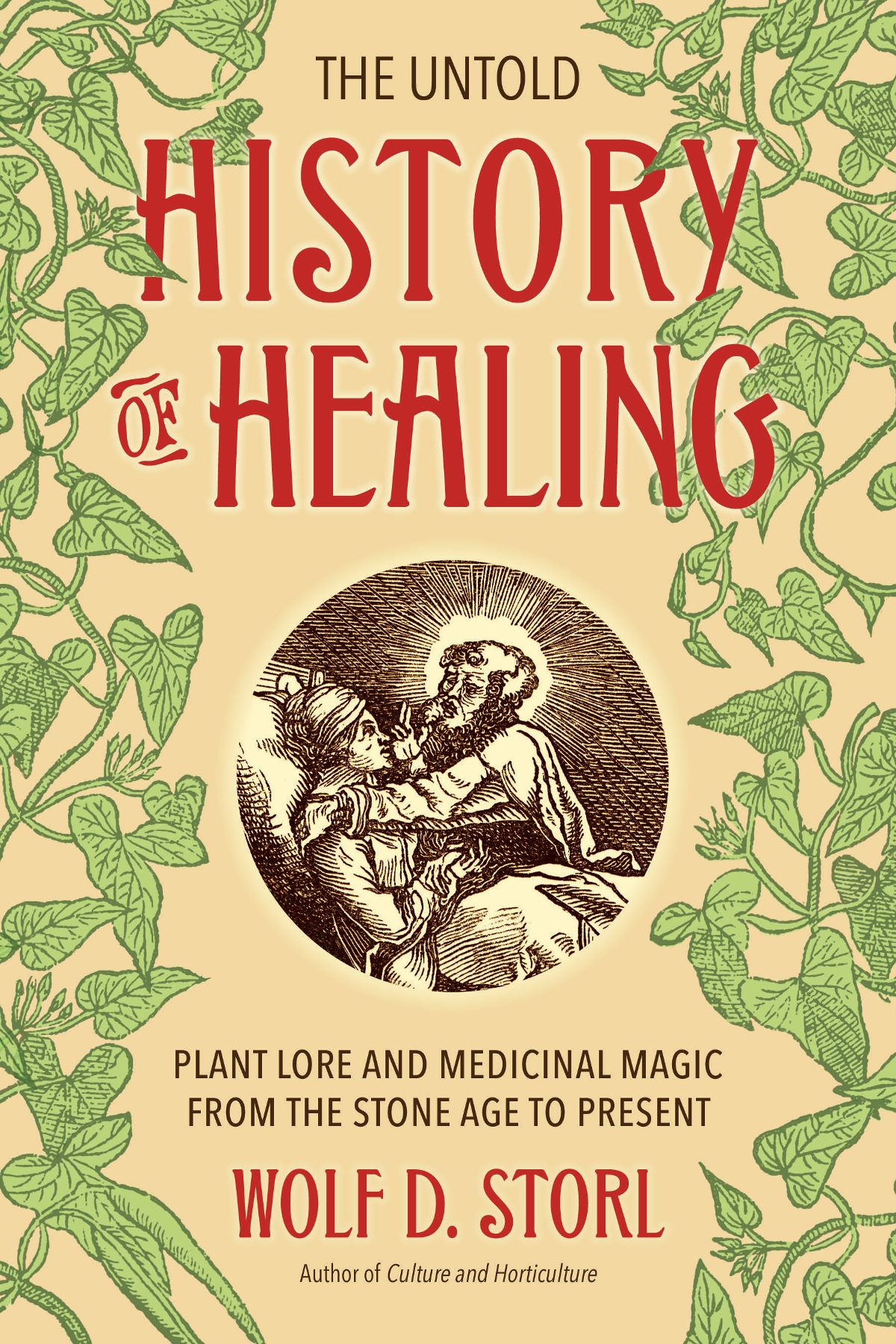The forest is the house of God,
there his powerful breath
labors in and out.
W ILHELM M UELLER, J AEGERS L UST (T HE H UNTERS J OY )
They want medicine from overseas, though better medicine grows in the garden right in front of their houses.
P ARACELSUS
Modern mainstream medicine has saved many lives while lessening much suffering. Nevertheless, more and more people are beginning to approach it with skepticism. Despite all of the wondrous chemicals and computer-driven diagnostic techniques, despite the eight to ten percent of Western countries gross healthcare system budgets spent on treating asthma, arthritis, diabetes, cancer, and Alzheimers, many chronic degenerative diseases are barely affected, not to mention healed (McTaggart 2013, 26; Coleman 2003, 38). Autoimmune disorders are on the rise; children are at risk from the possible damage of vaccines. It is easy to catch an antibiotic-resistant infection in a hospital, and patients become ill or even die from false diagnoses, unsuccessful treatments, or reactions to regularly prescribed medication.
In the United States, where every year around 40,000 people are killed with guns, there is a higher risk of dying at the hands of a physician than of being killed by a firearm. Professor Juergen Froehlich, director of the Department of Clinical Pharmacology at the Medical University of Hannover, Germany, conducted a comprehensive study in German clinics and found that, in the internal medicine department alone, 58,000 patients die from the consequences of unforeseeable side effects from medicines every year. It is commonly believed that all medicinal procedures that are used today have been scientifically tested, for instance, with randomized, placebo-controlled, double-blind studies and elaborate animal tests. But the magazine New Scientist reported that such procedures only take place about twenty percent of the time.
At this point, entire bookcases could be filled with books describing the disastrous situation of our healthcare system. Is it, then, any surprise that people seek out alternative, natural methods of healing, which appeal to them as less invasive and less dangerous? Since the 1980s, ancient, venerable, traditional systems from distant cultures, primarily Indian Ayurveda and Traditional Chinese Medicine (TCM), have attracted many seekers, who try out and practice, with more or less success, Reiki healing therapy from Japan, the Huna teachings from Hawaii, healing massages such as Hawaiian Lomi or Japanese shiatsu, Tibetan medicine, Korean medicine, Indian shamanism, Native American shamanism, pranayama, qi-gong, tai chi, and yoga. Small therapeutic sects have also developed that often contradict each other. Meanwhile, the medical establishment responds with scarcely more than a tired smile for such alternative methods, claiming that they might be entertaining pastimes, but when things get serious, evidence-based, scientific, mainstream medicine is the only one true medicine.
Nevertheless, TCM and Indian Ayurvedic medicine prove effective and are based on thousands of years of experience and tradition. However, they come from cultures that are foreign to us in the West, with basic tenets, healing mechanisms, and particular imaginations often quite alien to us. For example, how can we understand what is meant by liver-blood? How does one translate qi? Or, for instance, what should one of our experts make of a medical text that states the following?
When the common man rouses away the breath of the soul,
that is: there is too much metal for the wood to accommodate.
When the divine envelops the body of the soul with the breath of the soul,
that is: there is too much water for the metal to accommodate.
For the breath of the soul enclosed in the body of the soul
rules those entirely, and makes them wander,
and by wandering the body of the soul flew.
K UAN Y IN -T SE OR G UAN J UNZI ( IN H EISE 1996, 57)
There are similar questions in regards to Ayurveda, Tibetan folk medicine, and other healing systems. Each medicinal tradition is uniqueas are language, religion, and other culturally specific systems of symbolsand has its own personal understanding of the essence of disease and health, their origins and purpose, and the role of the healer and the patient. Each system is closed in on itself, connected within itself, and coherent. Although each has its strong and its weak points, no systems are superior to the others, just as no one can say that there are better and lesser languages. The belief that our model of medicine is universally the best and only way has its roots in our cultureit resembles the assumption that our form of monotheism is the one and only true understanding of God and that there are no other gods; anything else can only be an idol.

